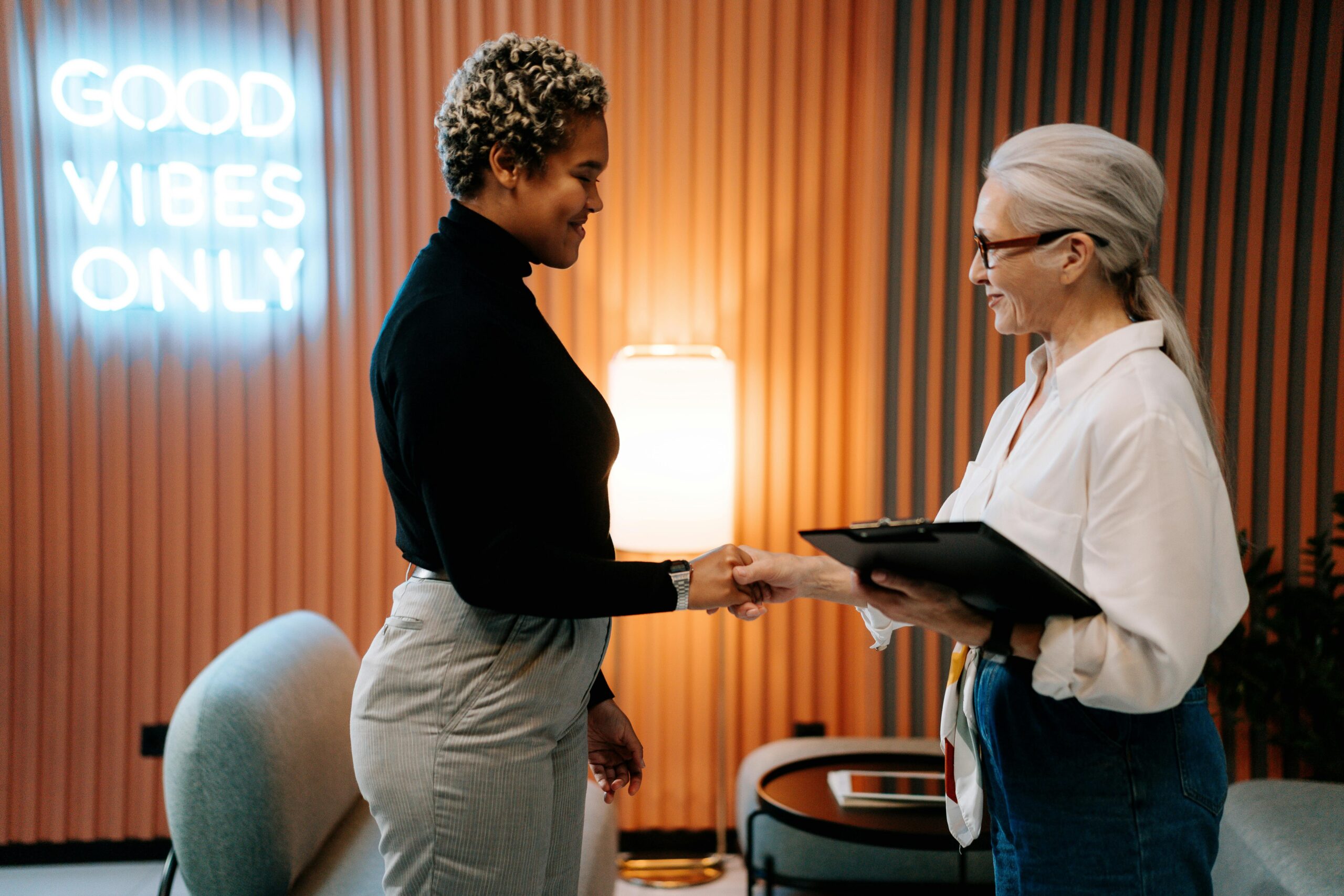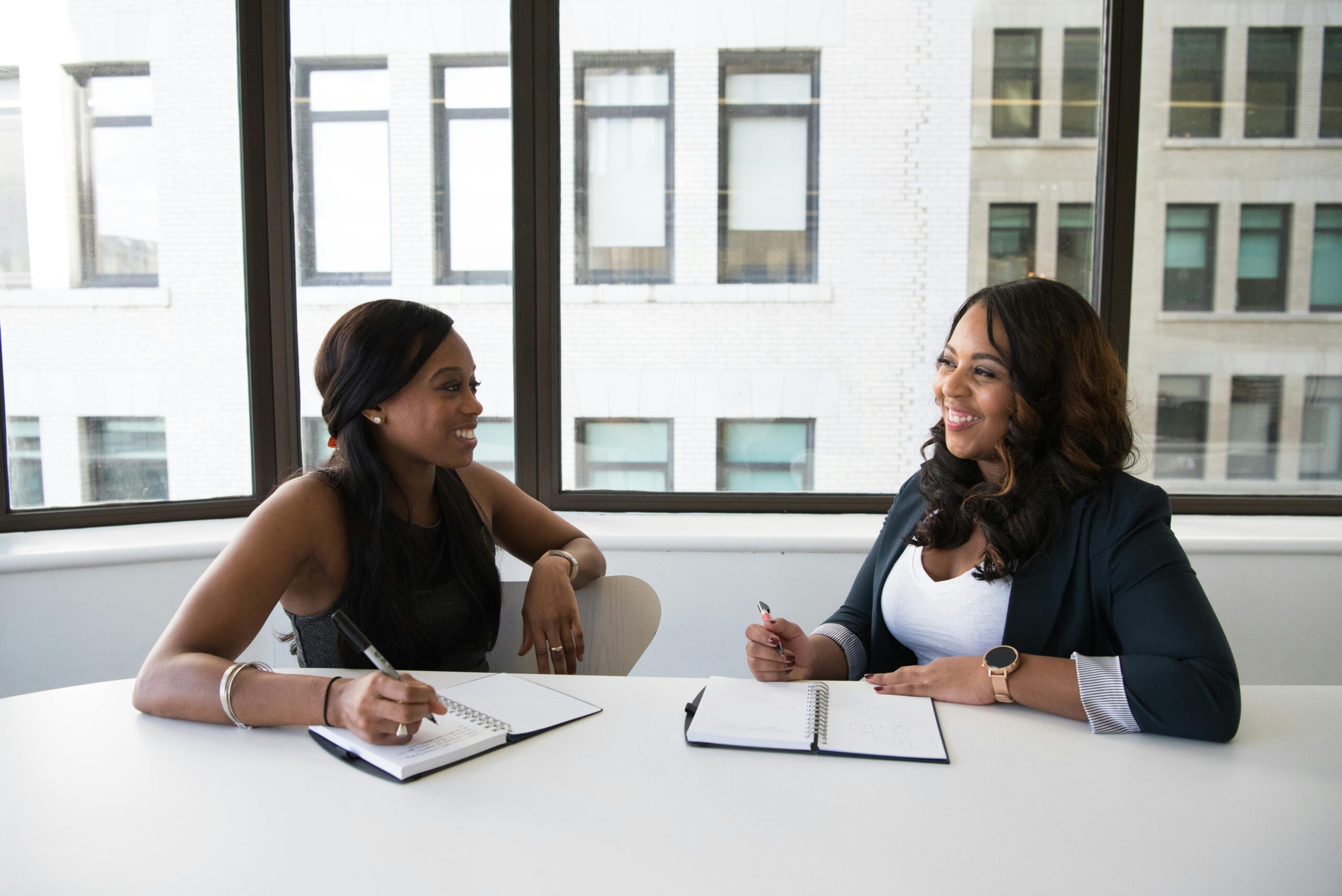
I can’t help but think back to the days when I used to be up at 4am to beat the traffic, go to the gym before the world was up, be at my desk from 8am to 7pm, just to study for my CFA exams until 11pm — day after day after day.
This wasn’t too long ago.
I’ve been thinking a lot about how I used to be able to function like this, and why in a post-covid world, I don’t seem to have this gear in me anymore. And this has nothing to do with me getting older.
I believe it reflects a broader change many are experiencing. The shift away from our old routine isn’t necessarily about a lack of discipline or ambition; rather, it reflects a needed re-evaluation of what we value most — both in our professional and personal lives.
There is a clear benefit to staying home. We can prioritize deep work more efficiently, we can slow down our morning, miss the rush-hour commute, save money and work in a way that better aligns with who we are.
On the other hand, there is a clear cost to going into the office. Yes, many managers believe that being in a physical office promotes cross-collaboration, accountability and productivity monitoring. For some, this could be the case, but for others, these benefits are increasingly being outweighed by the costs.
OFFICE AS A TOOL
Why can’t the office be used as a tool to communicate and engage, like other technologies? Through this lens, it’s easier to see the specific uses it has for collaborations that require people to be physically next to each other. The office, in this case, should be totally redesigned for collaboration.
When I returned to the office, there we were, in our cubicles again. Not only did no one talk to each other, but because we were working hybrid, after commuting over an hour to get to those cubicles — I wouldn’t see another human’s face all day. I spent an hour getting ready, sitting in traffic, just to be alone in my cubicle.
We were so excited to return to a culture of appreciation; to a place where we felt safe.
THE NEED FOR CONNECTION AND CULTURE
What I hoped for when I returned was to feel a sense of connection to my colleagues, meaning in my work, a healthy culture as well as feeling supported, being developed and mentored. I got the opposite.Where there was a great opportunity for thoughtful improvement, there came only disconnection and burnout.
Instead of focus, growth and celebrating our unique competencies and viewpoints, our energy was split across too many priorities leaving all of us overstretched and depleted.
The shift in how and where we work isn’t just about personal preference, spending more time with our kids or avoiding a commute — it’s about building a work environment that aligns with our evolved understanding of what productivity, well-being, and community means to us.
For those of us who don’t get this from an office, we’d rather just make our favourite coffee and work from our kitchen tables.





Comments +